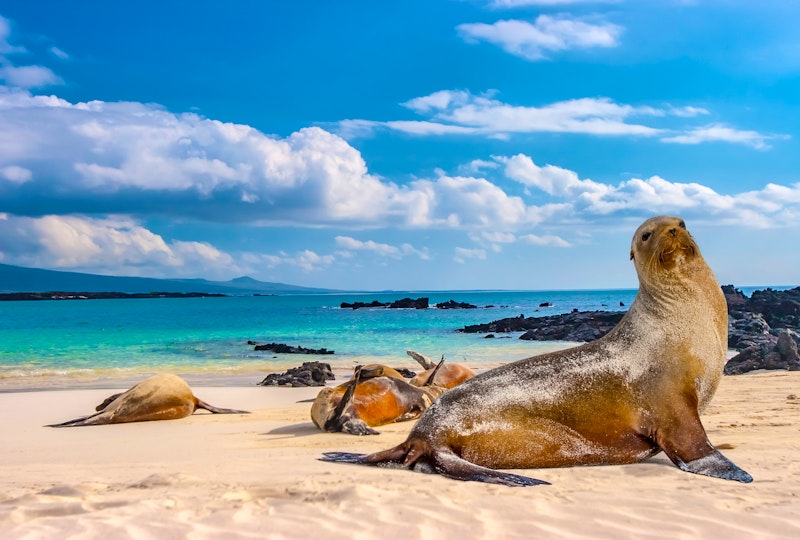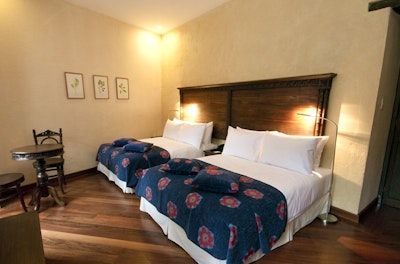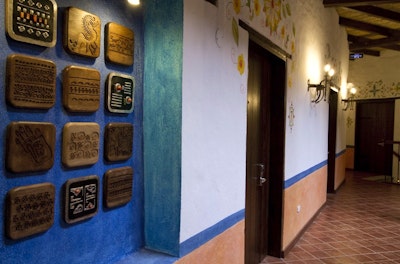Itinerary Highlights
- Explore Quito's UNESCO World Heritage centre
- Unique volcanic islands of the Galapagos
- Observe Wildlife at Close Quarters
- Exceptional Birdwatching in Amazon
- Blue-footed boobies of the Galapagos
- Snorkelling with sea lions and turtles
What's Included
- Flights
- Accommodation Throughout
- Transfers
Jack Brooker
Travel Specialist
From deep in the Amazon rainforest, surrounded by a lush canopy of green, to the wildlife haven of the Galapagos Islands, this holiday lets you experience firsthand some of the best wildlife that Ecuador and the Galapagos Islands have to offer. In the Amazon, stay at an eco-lodge and explore small tributaries and waterways by dug out canoe, explore the rainforest under the cover of darkness and get a bird's eye view of the jungle canopy from observation towers as the sun rises. Once in the Galapagos, days are filled with a host of activities such as snorkelling, hiking and wildlife watching. Experience landscapes, flora and fauna unique to this incredible destination.
Itinerary
Day 1 UK - Quito
Day 2 Quito
Day 3 Quito
Day 4 Quito - Ecuadorian Amazon
Day 5 Amazon
Day 7 Amazon - Quito
Day 8 Quito – San Cristobal (Galapagos)
Day 9 San Cristobal
Day 10 Española Island
Day 11 Floreana Island
Day 12 Santa Cruz
Day 13 Santa Cruz & Bartolome
Day 14 South Plaza & North Seymour
Day 15 San Cristobal - Guayaquil
Day 16 Guayaquil - UK
Jack Brooker
Travel Specialist
Pricing Information & Dates
Jack Brooker
Travel Specialist
Price Includes
- Return International Flights as per the itinerary
- All airport taxes and security charges
- Accommodation and meals as specified
- Transfers as specified
- Activities and excursions as specified
- All entrace fees on sightseeing tours as specified
Price Excludes
- Travel Insurance
- Any meals not specified in the itinerary
- Tips and gratuities
- Optional excursions
Pricing Notes
Why Choose Us?
Passionate travel experts
- We've been leading wildlife travel since our first South Africa tours over 25 years ago
- Our Travel Specialists have lived in their specialist area for years
- We work with local guides to immerse you deeper in our diverse range of experiences
Personal & tailor-made
- You'll speak to your own expert who'll share their first-hand knowledge
- We'll make your itinerary seamless with 24/7 emergency contact available
- Your Travel Specialist will listen to ensure you have the best chance of seeing the wildlife you love
Responsible by nature
- We take care to actively contribute to the conservation of environments we visit
- For select countries, we make a charitable donation on your behalf when you make your booking
- We've partnered with conservation experts and NGOs to curate responsible tours
For the latest travel advice from the Foreign, Commonwealth and Development Office check www.gov.uk/travelaware






































